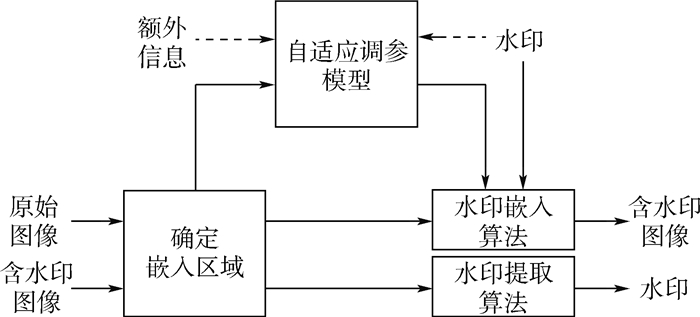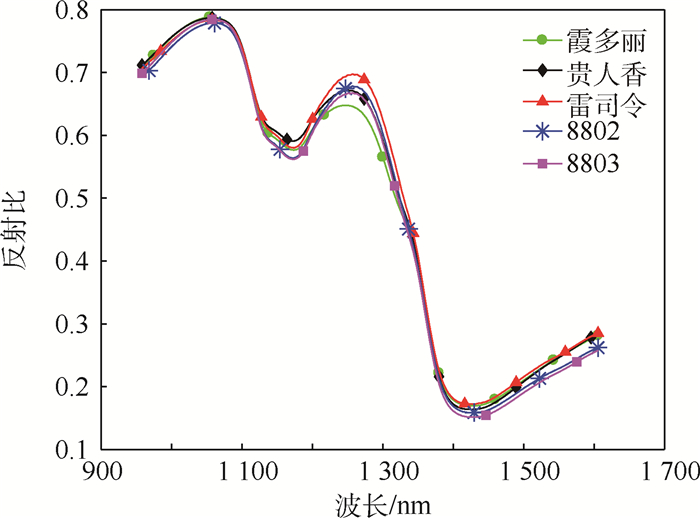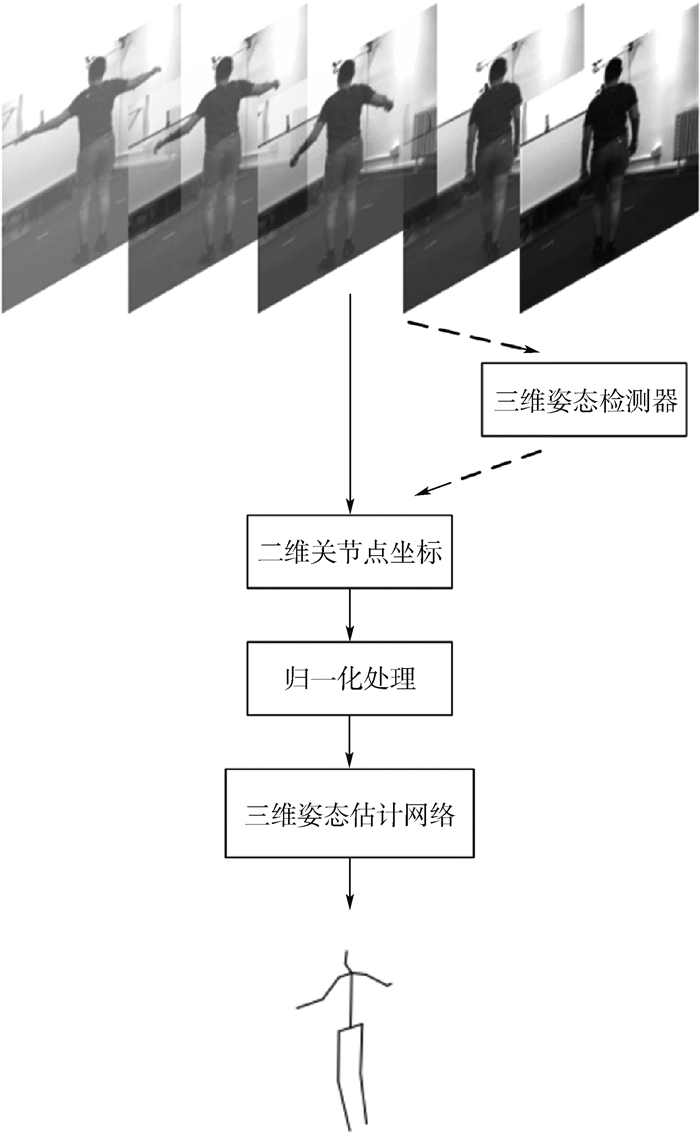A screen content image (SCI) has great difference compared with a natural image, and an SCI contains more text, graphic, and special layout. Considering the influences of texts, graphics, pictures, and layout on quality of an SCI, a blind quality assessment metric for SCIs based on edge and structure (BES) has been proposed. Since texts, graphics, and pictures have a large number of edges and the human visual system is highly sensitive to edges, the BES metric first extracts edges using the imaginary part of the Gabor filter and computes an edge feature for each SCI. Second, a structure feature is extracted to represent the layout of an SCI. Specifically, the Scharr filter is exploited to calculate a local binary pattern (LBP) map which is used to compute a structure feature. Finally, a random forest regression algorithm is applied to map the edge and structure features to subjective scores. The experimental results show that in the database SIQAD and SCID, the Pearson linear correlation coefficient (PLCC) of the performance of the proposed BES index is 2.63% and 11.22% higher than the latest no reference index in the comparison respectively, and even higher than some full reference indexes.







